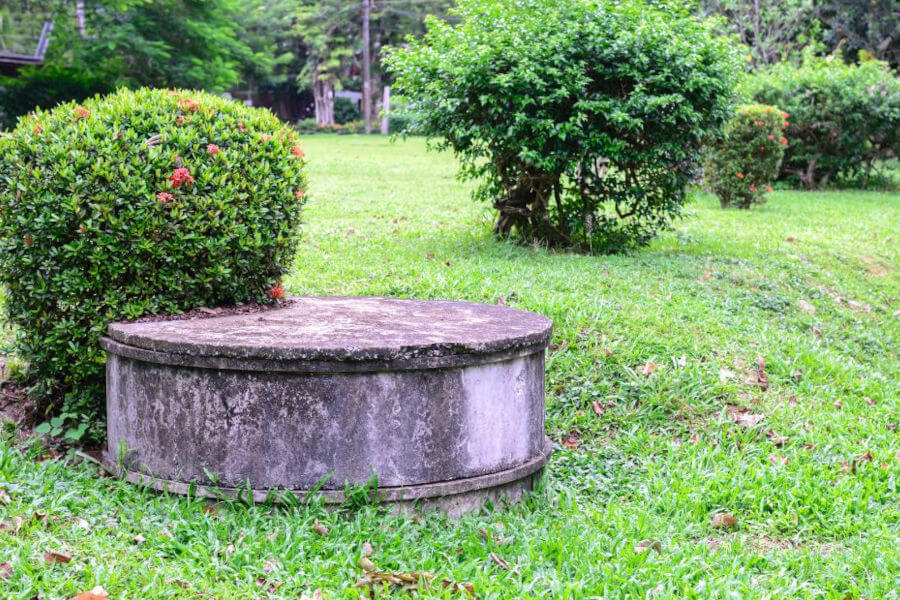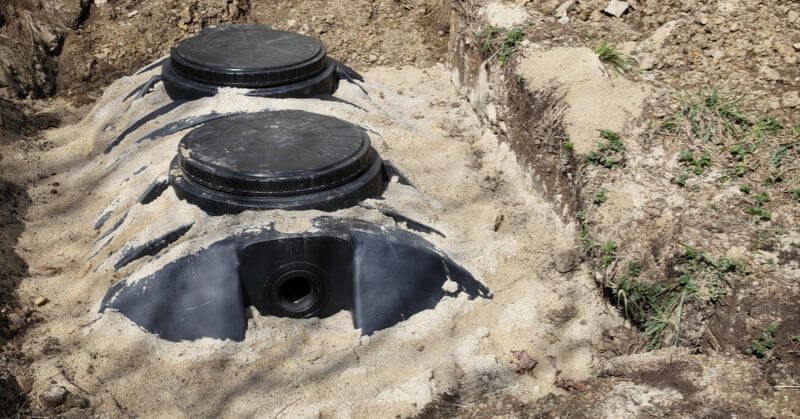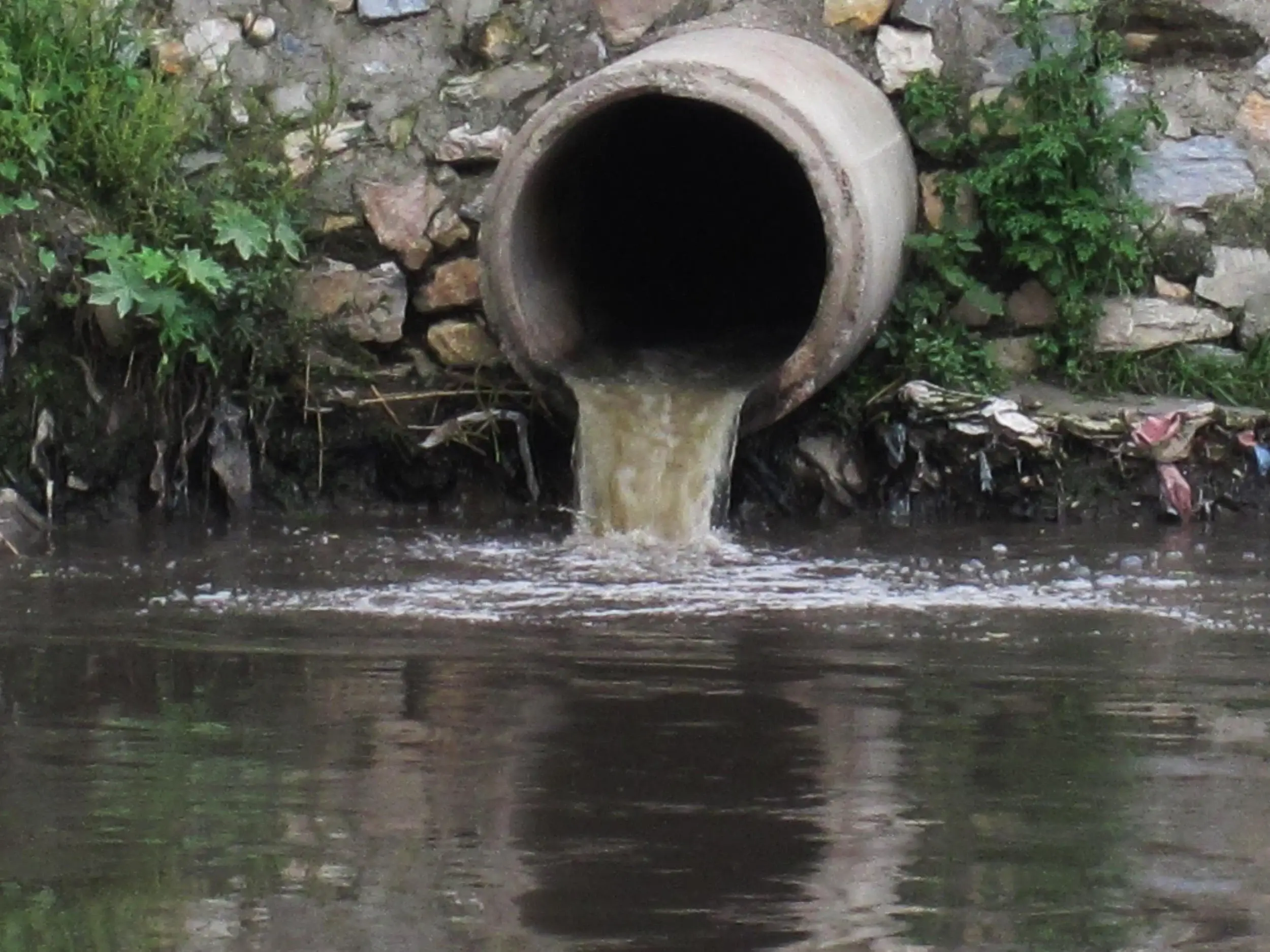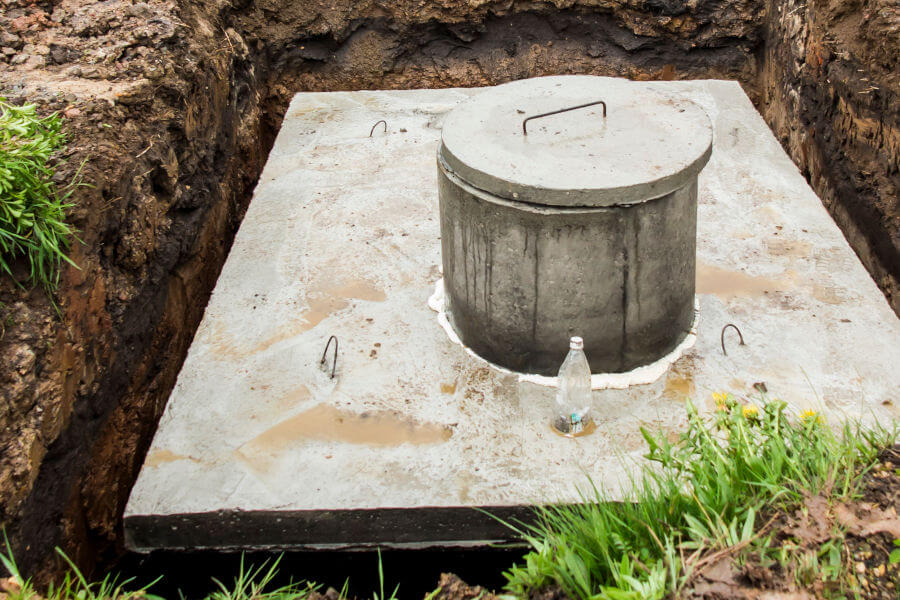Are you grappling with the challenges of an abandoned septic system on your property? Dealing with this issue can be daunting, but there are options. Whether you’re a homeowner, a real estate investor, or a curious reader, this post will equip you with the knowledge you need to tackle this common yet often perplexing problem.
In this article, we will discuss the dangers of abandoned septic systems, signs of an old abandoned leaking septic tank system, the proper disposal process, and the need for a proper septic pumping service to start the process.
Why Do Septic Systems Get Abandoned?

Septic systems may be left unused for several reasons. Septic systems can become less efficient as they age, particularly if neglected. In such cases, property owners may abandon the system and install a new one that functions more effectively.
During property development or changes in land use, they may abandon septic systems to make way for centralized sewer systems that are better suited for the new development. Concerns regarding environmental impact and compliance with regulations can also lead to the abandonment of septic systems. Property owners may abandon these systems in favor of better alternatives if they contribute to pollution or pose a potential risk to public health.
In some instances, the expense of repairing or upgrading a failing septic system may surpass its benefits. As a result, property owners may decide to abandon the system in favor of more cost-effective and efficient waste management solutions. Understanding the reasons for septic system abandonment can help implement better maintenance practices.
Dangers of Abandoned Septic Systems

The dangers of abandoned septic systems are numerous and can pose serious environmental and health risks. Proper maintenance and decommissioning of these systems are crucial to mitigate these risks and protect the environment and public health. Abandoned septic systems pose various dangers to humans, including:
- Sinkholes: When abandoned septic systems have human waste and water in them when abandoned, they can dissolve the surrounding rock, leading to potential sinkholes.
- Toxic Gases: Hydrogen sulfide and Methane are dangerous and have the potential to accumulate in disused septic tank systems. This creates hazards of combustion or sickness due to the decomposition of human waste.
- Soil Contamination: Inadequately maintained or malfunctioning septic tanks can lead to the contamination of soil with pathogens and nitrates, which can affect the quality of the soil and potentially harm plants and crops.
- Structural Damage: Over time, excess moisture and the accumulation of solid waste in a septic system can lead to the deterioration of the tank and its surrounding structures, potentially causing collapses or other structural issues.
- Odor and Pest Problems: Neglected or malfunctioning septic tanks can emit foul odors and attract pests such as insects and rodents, creating unpleasant and unsanitary conditions in the vicinity of the tank.
It’s crucial for homeowners with septic tanks to be aware of these potential dangers and to ensure regular maintenance and proper upkeep to mitigate these risks.
Signs of an Abandoned Septic Tank System
It’s essential to be aware of signs indicating an old abandoned leaking septic tank system, such as excessive weed growth, persistent wet patches of lawn, unpleasant odors, unstable areas of the lawn, and visible pipes from the dispersal system.
Proper Process for Disposing of a Septic Tank

Local regulations require the proper abandonment of a septic tank before connecting to the city sewer line when disposing of it. This entails following specific guidelines for decommissioning and filling the tank to ensure it does not pose any risks to the environment or human health. Engaging professional services to carry out this process in compliance with local regulations is crucial.
To properly dispose of an abandoned septic tank, follow these steps:
- Step 1: Obtain the Necessary Permits: Contact your local government or environmental agency to obtain the necessary permits for the abandonment and removal of the septic tank.
- Step 2: Empty the Tank: Hire a professional septic tank service to pump out and clean the tank to remove any remaining sludge and liquid waste.
- Step 3: Break Up the Tank: Use heavy machinery or equipment to break the tank into smaller, more manageable pieces.
- Step 4: Remove the Tank: Carefully remove the broken tank pieces from the ground using the appropriate machinery, such as a backhoe or excavator.
- Step 5: Dispose of the Tank Material: Transport the broken tank pieces to a licensed disposal facility that accepts concrete and waste materials for proper disposal.
- Step 6: Fill the Hole: Fill the hole left by the septic tank with clean fill dirt and compact it to prevent any potential collapses.
- Step 7: Record and Document: Keep records of the disposal process, including receipts, permits, and any documentation provided by the disposal facility. This may be necessary to prove proper disposal in the future.
Always consult with local authorities and professionals to ensure compliance with regulations and safe disposal practices.
Can You Use an Abandoned Septic Tank?
Reusing an abandoned septic tank is generally not recommended due to the potential risks associated with its deterioration and the accumulation of harmful substances within it. Prioritizing proper disposal and seeking professional guidance on the best action when dealing with an abandoned septic tank is crucial.
The Need for Proper Septic Pumping Service
Whether a property owner wants to dispose of the tank properly or get it inspected for reuse, a proper septic pumping service is the first step. At DrainWorks Plumbing & Septic, we provide high-quality septic pumping services in Colchester and the surrounding areas to ensure septic systems’ safe and effective management.
Final Thoughts
Dealing with abandoned septic systems requires a thorough understanding of their potential dangers and the necessary steps for proper disposal. Professional septic pumping services are essential to address these challenges effectively and ensure the safety and well-being of the community and the environment. For reliable septic system services or plumbing repair and installation in Colchester, CT, contact DrainWorks Plumbing & Septic at (860) 831-4553 or visit the website to schedule online.
James Anderson
Related posts
Stay connected
- How LoveOn Chat Is Becoming the Most Versatile AI Companion for Digital UsersThe internet keeps shifting toward hyper-personal interaction, and AI companions are at the center of this shift. What used to be simple chatbots are now evolving into emotionally aware, adaptive, and multi-functional digital partners. Among the new generation of platforms, LoveOn Chat is becoming one... The post How LoveOn Chat Is Becoming the Most Versatile […]

